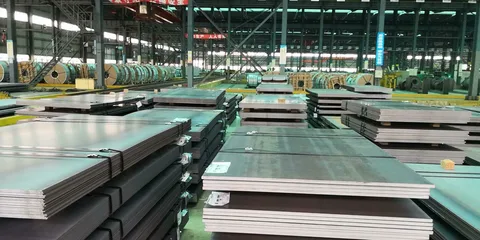When working on any construction, manufacturing, or DIY project, selecting the appropriate materials is crucial for success. Aluminium plates are widely used due to their strength, lightweight properties, and resistance to corrosion. However, with various types, grades, and thicknesses available, choosing the right aluminium plate for your project can be challenging. This article will guide you through the essential factors to consider when making your selection.
Understanding the Basics of Aluminium Plates
Aluminium plates come in different alloys and tempers, each designed for specific applications. The right choice depends on the mechanical properties required, environmental conditions, and budget. Familiarizing yourself with these basics is the first step in choosing the right aluminium plate for your project.
Key Factors to Consider When Choosing Aluminium Plates
1. Alloy Type
Different alloys of aluminium offer varying degrees of strength, flexibility, and corrosion resistance. For example, 5000 series alloys are known for their excellent corrosion resistance, making them ideal for marine applications, while 6000 series alloys are versatile and commonly used in structural projects.
2. Thickness and Size
The thickness of the aluminium plate affects its weight and strength. Thicker plates are stronger but heavier, which could impact the overall design. Make sure to select a thickness that meets your project’s load requirements without adding unnecessary weight.
3. Surface Finish
Depending on the aesthetic and functional requirements, surface finish can play a significant role. Some projects may require a smooth, polished finish for visual appeal, while others may need a rougher texture for better adhesion in welding or painting.
4. Environmental Conditions
Consider the environment where the aluminium plate will be used. Exposure to moisture, chemicals, or extreme temperatures will dictate the need for specific alloys or protective coatings to ensure longevity and performance.
How to Choose the Right Aluminium Plate for Your Project: Practical Tips
- Define Your Project Requirements: Start by listing the mechanical and environmental needs of your project.
- Consult Alloy Specifications: Review the datasheets for different aluminium alloys to match your criteria.
- Get Professional Advice: When in doubt, reach out to suppliers or engineers who can recommend the best aluminium plate based on your project’s specifics.
- Order Samples: If possible, test a sample plate to verify its suitability in real-world conditions.
Conclusion
Choosing the right aluminium plate for your project involves understanding the specific demands of your application and the properties of various aluminium alloys. By considering factors such as alloy type, thickness, surface finish, and environmental exposure, you can make an informed decision that ensures durability, performance, and cost-efficiency. Keep these points in mind to select the perfect aluminium plate that meets your project’s needs successfully.


